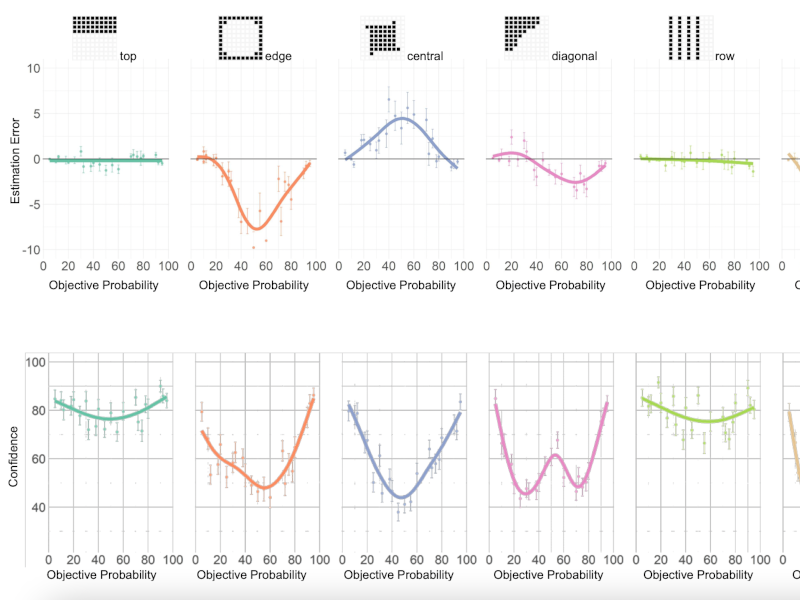-
Is an AI capable of “reading” your mind?

The groundbreaking study titled “Semantic Reconstruction of Continuous Language from Non-Invasive Brain Recordings” has demonstrated the potential of non-invasive brain recordings in decoding continuous language. By utilizing a brain-computer interface (BCI) and functional magnetic resonance imaging (fMRI), researchers were able to extract and analyze cortical semantic representations to reconstruct comprehensible word sequences. This innovative approach…
-
Maximizing the Power of Your Surveys: Best Practices for Reducing Biases

Are you actively involved in surveys and wondering how to reduce biases? Well, surveys are an essential tool in neuroscience and behavioral economics research. They allow researchers to gather data on human behavior and decision-making. Even better, the surveys can help researchers understand the factors influencing the decision-making process, including cognitive biases, social norms, and…
-
The Curse of Digitalization – Virtual Meetings Can Lower Creativity

Introduction The world had to change a lot of things during the pandemic. Due to the strict regulations put in place by the government workers had to meet their colleagues online to coordinate operations. It was a great idea to engage each other online, but it came with a cost to the levels of creativity.…
-
Moral Licensing is Real – When Corporate Social Responsibility Backfires

When Corporate Social Responsibility (CRS) Backfires A recent scientific paper, titled “When Corporate Social Responsibility Backfires: Theory and Evidence from a Natural Field Experiment” by John A. List and Fatemeh Momeni explores how corporate social responsibility can sometimes have negative consequences. The paper looks at how a company’s social responsibility practices can affect both consumers…
-
A Tool to Fool: How Probability Presentation Can Manipulate Our Behavior

Probability Presentation – A Powerful Tool on HowYou Can Manipulate People’s Behavior There is no doubt that a probability presentation is a powerful tool when it comes to manipulating people’s behavior. By understanding how probabilities can be presented, anyone can use this information to influence people’s decisions. In this blog post, we will discuss how…

- Is an AI capable of “reading” your mind?
- Maximizing the Power of Your Surveys: Best Practices for Reducing Biases
- The Curse of Digitalization – Virtual Meetings Can Lower Creativity
- Moral Licensing is Real – When Corporate Social Responsibility Backfires
- A Tool to Fool: How Probability Presentation Can Manipulate Our Behavior
NeuroLabX
Neuroeconomics & Behavioral Theory
